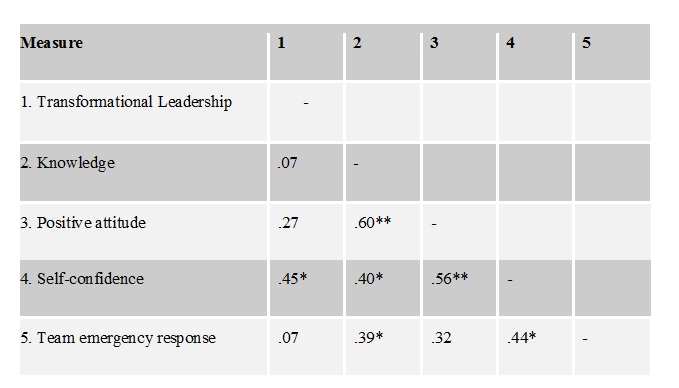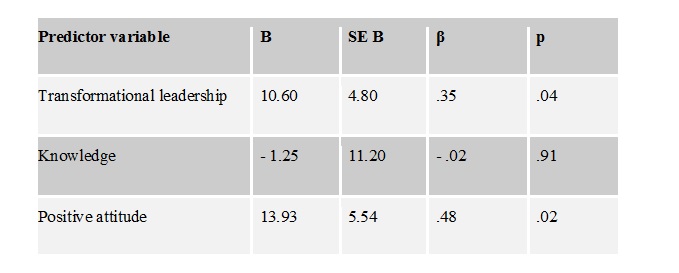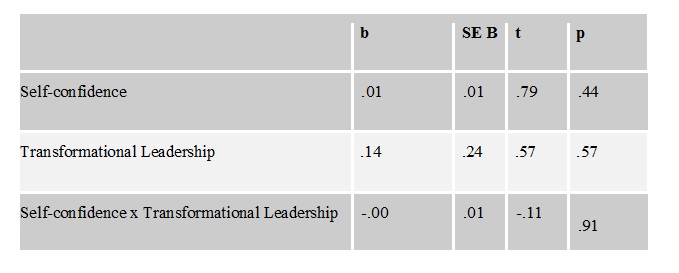Cos’è lo stress
Lo stress
“L’eliminazione dello stress sarebbe equivalente alla morte.”(Selye,1936)

Foto di Pete Linforth da Pixabay
Cos’è lo stress
Il termine “stress” deriva dal latino “stringere” (legare strettamente, spremere con forza), dalla stessa radice viene anche la parola “strain” più usata nel senso di sforzo doloroso, peso, affanno, lotta. In ingegneria, i due termini hanno conservato il loro rapporto semantico di causa, noto anche come stress, ed effetto, noto come strain. In psicofisiologia invece, si distinguono anzitutto due diverse forme dello stress biopsicosociale: lo stress positivo o eustress, nonché una reazione fisiologica di adattamento a condizioni o eventi ambientali, e lo stress negativo o distress, cioè quella condizione di squilibrio (reale o percepito) tra pressioni o richieste ambientali e le capacità e risorse individuali a farvi fronte. In entrambi i casi, lo stress comprende una risposta ad esigenze poste all’organismo: tali esigenze possono superare i limiti di ciò che l’individuo può affrontare oppure restare in tali limiti. Nel secondo caso, la mobilizzazione e l’uso di risorse personali può aumentare le capacità adattative dell’individuo (Sibilia, 2010).
Da un punto di vista teorico il meccanismo alla base dello stress e le relative conseguenze sull’organismo risalgono a Darwin (1872) che descrisse le manifestazioni somatiche degli stati di attivazione emozionale e comportamentale tra cui: la tachicardia, la sudorazione, la dilatazione pupillare etc. (Prunetti, 2010).
I successivi pionieri degli studi sullo stress furono Cannon (1915) e successivamente Selye (1936). Cannon (1915) iniziò le sue ricerche servendosi dei raggi X per osservare il processo di digestione negli animali. Durante gli esperimenti in un animale sottoposto a stress il processo digestivo si interruppe; ciò gli suggerì alcune ipotesi sulle risposte con cui l’organismo reagisce a situazioni come il pericolo, la paura ed il dolore. Da qui introdusse la teoria del “fight or flight response” per la quale l’uomo risponde alla percezione di una minaccia con una attivazione rapida del sistema nervoso autonomo e dell’asse ipotalamo-ipofisi-surrene. Il sistema nervoso autonomo è costituito da una componente detta simpatica, che entra in azione quando c’è necessità di mobilitare le risorse dell’organismo, e da una componente chiamata parasimpatica che invece ha il compito di ripristinare le risorse spese durante l’azione. Ipotalamo, ipofisi e surrene sono parte del sistema endocrino che hanno la funzione di rilasciare ormoni che alterano il metabolismo durante l’attivazione simpatica. Il risultato finale di entrambe le vie è il rilascio di ulteriori ormoni che inducono, nella maggior parte dei casi, un’azione motoria che può essere la fuga (flight) o l’attacco (fight) (Cannon, 1915).
Selye (1936) riprese gli studi di Cannon, introducendo per la prima volta in ambito psicofisiologico il termine “stress”, tanto da essere noto in America come “Dottor Stress”. Dai suoi esperimenti con i topolini emerse che, indipendentemente dal tipo di sostanza somministrata (batterio o tossina) o di procedura nociva (eccesso di caldo o di freddo) applicata al topolino, era possibile identificare tre fasi della risposta (allarme, resistenza, esaurimento): ciò diede origine alla “sindrome generale di adattamento” (General Adaptation Syndrome, GAS), caratterizzata da precise modificazioni a carico degli organi dell’animale. Il dato più interessante fu che anche uno stress psicologico (la visione di un predatore o l’immobilizzazione in una gabbia stretta) poteva causare la medesima sindrome (Selye, 1936).
La successiva ricerca di Selye (1946) si concentrò sullo studio dell’adattamento dell’organismo animale e umano ai diversi tipi di agenti stressanti (tossici, fisici e psichici). Lo stress poteva così essere prodotto da un’ampia ampia di stimoli denominati “stressor”, i quali producevano essenzialmente la medesima risposta biologica. La sindrome generale di adattamento prevedeva così tre fasi:
- Fase di allarme: in cu si hanno reazione di allarme sostenute da attivazioni neurovegetative con il rilascio di adrenalina e noradrenalina, permettendo così una rapida reazione del sistema nervoso autonomo che innesca un insieme di cambiamenti fisiologici che hanno come scopo l’autoconservazione. Negli animali questo è il momento del pericolo e dell’attacco.
- Fase di resistenza: l’iperproduzione di cortisolo continua, mentre l’organismo è impegnato nel fronteggiare lo stressor. In questa fase si assiste ad un progressivo adattamento dell’organismo ed un progressivo recupero dell’omeostasi.
- Fase di esaurimento: questa fase prende piede quando l’esposizione all’agente stressante si protrae eccessivamente. La corteccia surrenale entra in uno stato di esaurimento funzionale. I cambiamenti psicofisici che si producono nell’organismo durante questa fase, danno origine a modificazioni patologiche.
È opportuno aggiungere che in relazione a come gli stressor vengono percepiti, può subentrare la mobilitazione globale delle risorse energetiche dell’organismo, in cui gli eventi che minacciano la sopravvivenza stessa dell’individuo richiedono una risposta immediata e potente; oppure può sopraggiungere l’ansia, quando la minaccia non è immediata e oggettiva, ma è una aspettativa di minaccia. Lo stress del primo tipo di per sé non è dannoso, anzi: di fronte a un reale pericolo immediato può salvare la vita, innescando risposte altrettanto immediate ed energiche: risposte di attacco o di fuga (in inglese: fight or flight). Ma nel caso in cui la minaccia sia di tale entità da provocare uno shock emotivo (come quando l’individuo si trova coinvolto in una situazione disastrosa o catastrofica), il risultato può essere quello del Disturbo Post-Traumatico da Stress.Lo stress disadattivo più frequentemente si verifica quando la situazione stressogena diventa abitudine, subentrando così una tendenza alla preoccupazione, uno stato d’ansia perdurante. Viene definito sindrome di attivazione perché una costante attivazione delle risorse dell’organismo è logorante e, alla lunga, produce danni: i cosiddetti disturbi da stress (Anchisi e Dessy, 2008).
Per Selye (1976) lo stress è “l’essenza della vita”, non è un fenomeno legato all’emergenza: ci può essere una buona o una cattiva gestione dello stress (rispettivamente, eustress e distress). Nel caso del distress, ciò che è negativo non è la risposta allo stimolo, ma i sentimenti negativi che l’accompagnano. Sono i sentimenti negativi che di per sé procurano danno (Anchisi e Dessy, 2008). Il concetto strettamente connesso a questa visione è quello di “adattamento”, il quale presuppone modificazioni fisiologiche o patologiche (malattie da disadattamento). Per designare questo processo dinamico, Selye coniò il termine eterostasi (Bottaccioli,2006).
© Il Burnout negli insegnanti – Federica Sapienza






